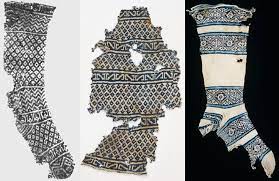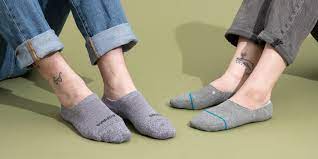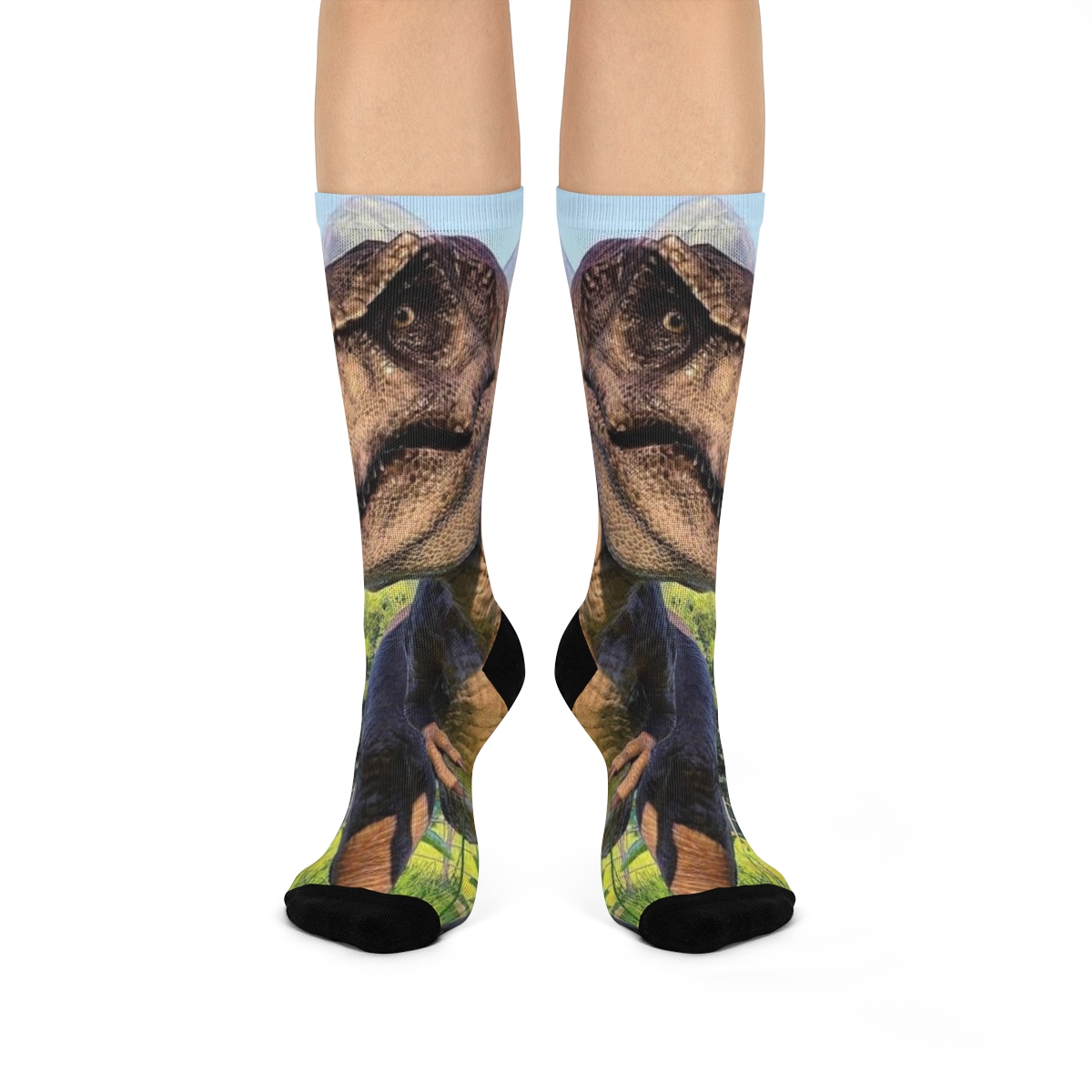
Table of Contents:
- Introduction to When Were Socks Invented
- Ancient Beginnings of Foot Coverings
- The Pioneering Days of Socks
- Medieval and Renaissance Socks
- The Industrial Revolution and Sock Production
- Ankle Socks: A Modern Twist
- No-Show Socks: The Contemporary Innovation
- Socks Today and Beyond
- Conclusion: Celebrating Socks Through History
Introduction
Socks, those often-overlooked essentials in our wardrobes, have a rich history that dates back centuries. For history enthusiasts, students, educators, and general curiosity seekers alike, the story of when socks were invented is not only educational but also quite fun. Join us on a journey through time as we explore the evolution of these everyday items. In this comprehensive guide, we’ll answer your burning questions, from “When were socks invented?” to “When were ankle socks invented?” and more.

Ancient Beginnings of Foot Coverings
The concept of foot coverings has ancient roots that span across various civilizations. In the earliest days, people used primitive materials like animal skins and plant fibers to protect their feet from the elements. These rudimentary foot coverings evolved over time, and the first recognizable precursor to modern socks appeared in Ancient Egypt. These early socks, called “foot bags,” were made from woven fabric and provided a rudimentary level of comfort and protection.
Foot coverings became essential in other ancient cultures as well, including the Greeks and Romans, where socks were made from leather or woven textiles. These early examples were often quite basic in design, focusing primarily on functionality rather than fashion. The need for warmth, comfort, and protection against the harsh terrains and climates of the past propelled the continuous development of these foot coverings.

The Pioneering Days of Socks
The true innovation of socks, as we know them today, took place in the medieval period. Socks in this era started to take a form similar to the ones we wear now. Made from wool, these socks provided both warmth and comfort, and their production became increasingly sophisticated.
Throughout the medieval period, sock design became more intricate. People began to knit socks using a technique known as “nalbinding,” which involved forming loops of yarn with a single needle. These hand-knitted socks allowed for more flexibility and a better fit.
The Renaissance period brought about even more innovations in sock design. Men and women wore silk stockings with elaborate patterns, while lace-trimmed socks became fashionable. The evolution of sock design during this period was an early indication of the close relationship between fashion and socks, a connection that continues to this day.

The Industrial Revolution and Sock Production
The Industrial Revolution had a profound impact on sock production. The advent of knitting machines revolutionized the industry, making socks more affordable and accessible. It allowed for mass production, and the availability of a variety of sizes and styles increased significantly.
This period marked the transition from hand-knitted socks to machine-made ones, which were not only more readily available but also consistent in quality. Socks were no longer exclusively for the wealthy; they became a staple for people of all classes, providing comfort and protection to the masses.

Ankle Socks: A Modern Twist
When were ankle socks invented? The transition to shorter sock lengths was a relatively modern development. Ankle socks, as we know them today, gained popularity in the early 20th century. These shorter socks were a response to the changing fashion trends, particularly the rise of shorter hemlines in women’s fashion.
Ankle socks were initially seen as a sportswear accessory, designed for athletic activities. Over time, they transcended their utilitarian origins and became a fashion statement. Today, ankle socks are a versatile choice, suitable for casual, formal, and athletic settings, offering a blend of comfort and style.

No-Show Socks: The Contemporary Innovation
No-show socks, also known as low-cut or invisible socks, are a relatively recent addition to the world of sock fashion. They were introduced to address the need for a sock that remains hidden in low-cut shoes, such as loafers, sneakers, and ballet flats.
Invisible socks gained popularity as they offered the best of both worlds: the comfort of wearing socks without the visible appearance. These socks often come with silicone heel grips to prevent slipping, making them an ideal choice for various activities. They have become a staple in contemporary fashion, allowing individuals to maintain a sleek, minimalist look while still enjoying the benefits of socks.

Socks Today and Beyond
Socks have come a long way from their humble beginnings. Today, they are not merely functional but also a reflection of personal style and creativity. Modern sock designs incorporate a wide range of materials, from traditional cotton and wool to high-tech synthetic fabrics.
Sock fashion has never been more diverse. People can choose from a wide array of colors, patterns, and lengths to express their individuality. Moreover, advancements in technology have led to the development of specialized socks for various activities, such as running, hiking, and even recovery.
The future of socks looks promising, with a focus on sustainability and eco-friendly materials. As fashion and technology continue to evolve, we can expect even more exciting innovations in the world of sock design.

Check out our T-rex Sock now!
Conclusion: Celebrating Socks Through History
In conclusion, the story of when socks were invented is a captivating journey through the annals of time. From humble beginnings to the diverse and stylish offerings available today, socks have woven themselves into the fabric of human history. Whether you’re a history enthusiast, a student eager to learn about fashion history, or simply a curious seeker of knowledge, the evolution of socks offers an educational and entertaining glimpse into our past.
Remember, socks are not just mundane pieces of clothing; they are a testament to human ingenuity and adaptation. So, the next time you slip on a pair of socks, take a moment to appreciate the incredible journey that led to the comfort and style you enjoy today.
In summary, socks have a long and fascinating history that continues to shape our everyday lives. From the ancient civilizations to modern fashion trends, the story of when socks were invented is one of innovation, style, and adaptability.
Like socks and history? Check out our Iwo Jima Flag Raising Socks at Crazy Epic Socks!
Pingback: What is the Difference Between Crew Socks and Socks? - crazy epic socks